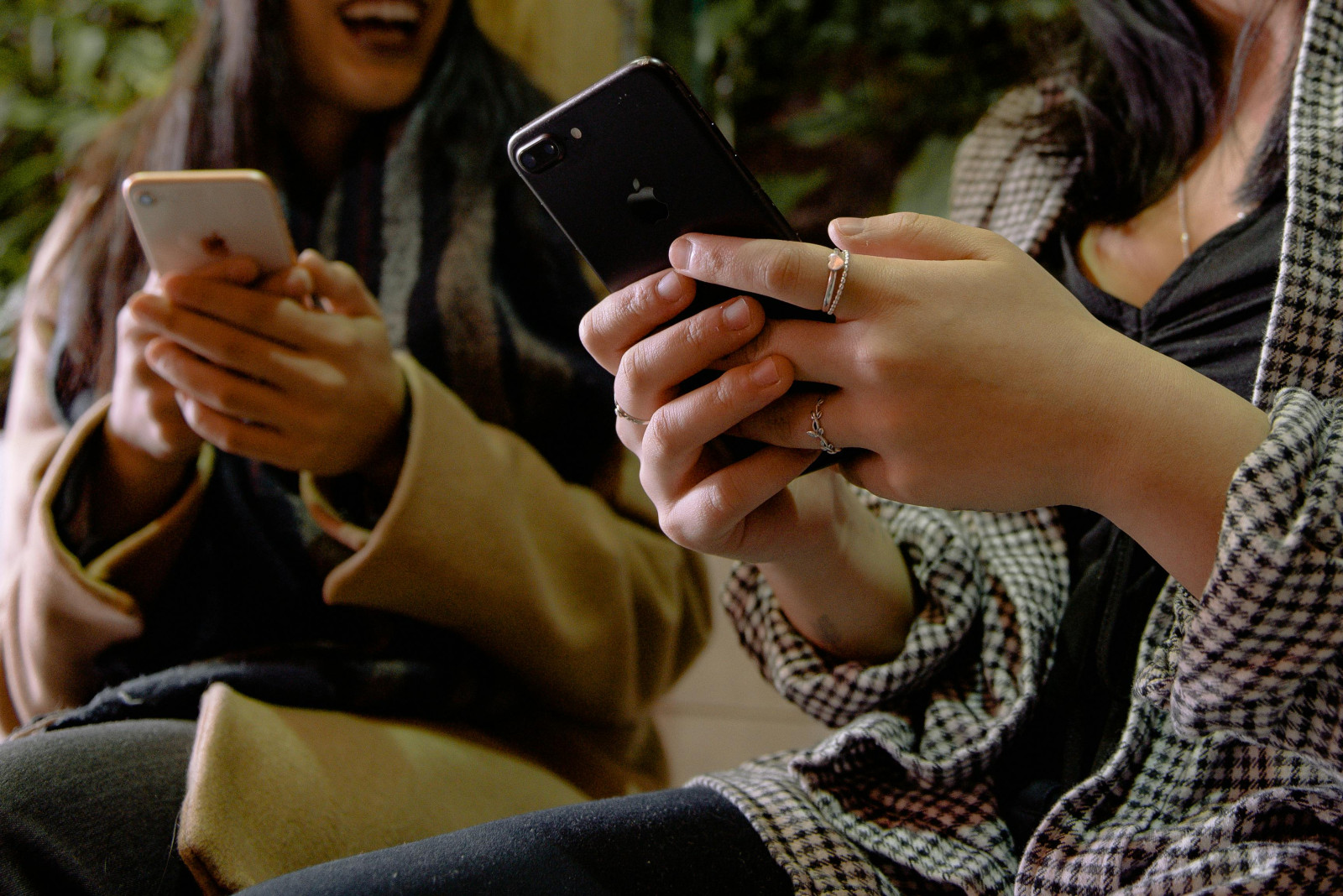What TikTok and Spotify have in common

Photo: Wendy Wei

In all likelihood, it has been years since anyone working in music went a week without talking about TikTok. In fact, the same probably goes for anyone with an internet connection. The platform’s clash — and now, reunion — with Universal Music Group; potential to be banned in the U.S.; and daily stream of trends occupy countless headlines and conversations, impacting everything from what we listen to, to the way we speak.
Meanwhile, TikTok’s main competitors, Instagram Reels and YouTube Shorts, seem to come up far less. Yet in reality, MIDiA’s “State of the music video economy” report shows that all three platforms are neck-and-neck in weekly active user (WAU) penetration — each at roughly one-third of all consumers. Putting this further into perspective, all three are dwarfed by Facebook, which counts more than half of consumers as WAUs.
If this sounds surprising, consider it an illustration of TikTok’s soft power. TikTok has an outsized influence on global culture due to its prevalence among teenagers, first mover advantage, and prized algorithm. The app appears larger than life, even if the numbers tell a different story.
TikTok and Spotify have this in common. While Spotify can feel all-dominant, our “Music subscriber market shares” report for Q3 2023 found that it actually accounts for less than one-third of global music streaming subscribers. This is still more than double the share of the second biggest DSP, Tencent Music, and the rest of the market is fragmented. As a result, Spotify feels huge, even if the global picture is more complicated.
Lost in translation
TikTok and Spotify are now playing the same game: trying to translate their soft power (cultural heft) into hard power (revenue). Although Spotify still pays out a majority of its revenue to rights holders, the company is now charging artists and labels for exposure via Discovery Mode. By contrast, TikTok argues that it is mostly paying labels for those labels to have exposure (even if we, along with most labels and publishers, see it differently).
Featured Report
Streaming strongholds High-potential markets for global music players
While the balance of music streamers continues to tip towards global south markets, their smaller ARPU rates limit their revenues. Meanwhile, periodic price-rises and the advent of supremium will reinforce the contributions from the West. This report highlights streaming strongholds, those markets which, underscored by high music engagement and his...
Find out more…Both companies are also trying to grow their hard power by expanding across the value chain (Spotify with paid marketing and TikTok with SoundOn), and through additional revenue drivers (Spotify with audiobooks and podcasts and TikTok with shopping). On a related note, TikTok must expand format-wise — from short-form to long-form — in order to bring in higher advertising budgets. No wonder it has been incentivising content creators to post longer videos for over a year.
Which power matters more?
Ideally, successful companies have both soft and hard power — but the importance of each fluctuates depending on the situation.
Over a decade into its existence, Spotify needs to work out how to make more money, especially as a public company. Meanwhile, its cultural power has been ever-so-slightly fading — washed out by, of course, TikTok. Playlists still set the tone for streams but not as much as they used to, and now, consumption often follows TikTok trends.
The issue is that, in the absence of meaningful revenue from streaming, Spotify’s main draw for many artists was its cultural importance. As both wane, many artists are spending time on other platforms. Over the past year, a diverse range of artists including SAULT, Pharrell, Cindy Lee, Garth Brooks, and the Daniel Johnston Estate have all released albums outside of Spotify. Many other artists still release to Spotify but focus the majority of their activity on user-generated content platforms like TikTok, where they can at least engage directly with their fans.
In TikTok’s current state, its soft power arguably matters most. Even as the music industry demands more revenue from TikTok, many labels remain focused on converting TikTok activity into streams. This leaves culture trapped behind — which is itself becoming a hard power asset. After all, TikTok’s cultural impact is what it is selling to advertisers, its main business. But there is more to it than that. If TikTok is to disappear, lose its standing, or lose that prized algorithm in the US, it is not necessarily the case that its user base will shift to Reels and / or Shorts. These competitors might not be able to simply pick up the role of cultural hub.
This is partly because the competitor platforms are more decentralised. Despite their efforts to look and feel more like TikTok, Instagram and YouTube still revolve around following individuals. On the other hand, even though TikTok has endless niches and subcultures, videos tend to revolve around the same trending sounds and meme formats. The algorithm is all-powerful, as TikTok’s addictive, steady feed of content removes the need to follow anyone at all. So if TikTok is to lose standing and see its cultural power dissolved across the digital world, the music industry should prepare for the possibility that entertainment culture might become even more fragmented than it already is.
For more insights about TikTok, YouTube, and the wider market for music in video, clients can access MIDiA’s latest report, ‘State of the music video economy | Balancing act’. If you are not a client but would like to find out how to access this report, please email enquiries@midiaresearch.com.

There is a comment on this post, add your opinion.